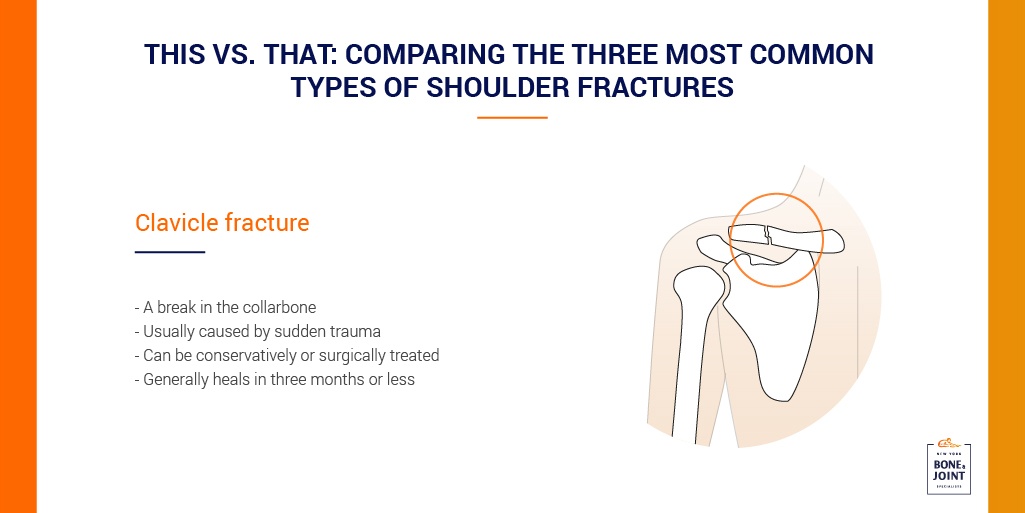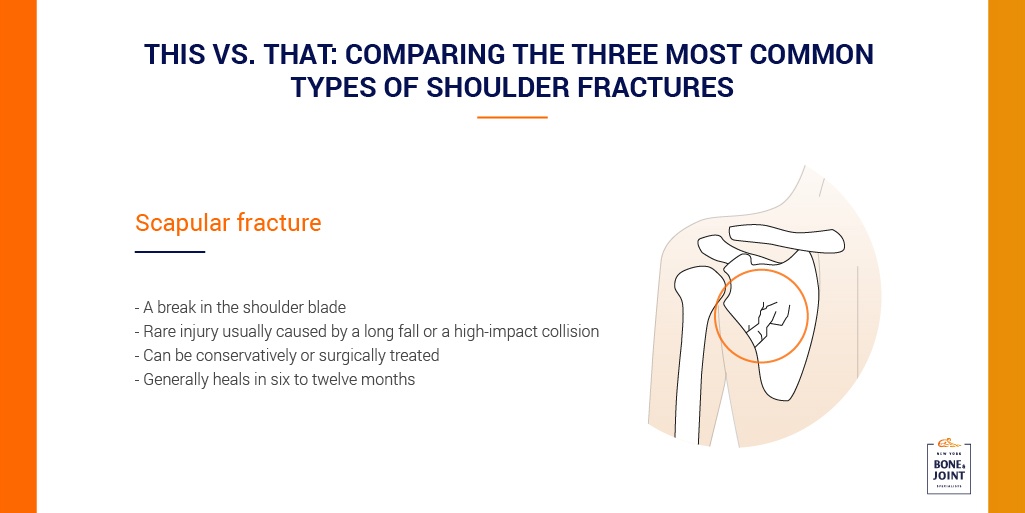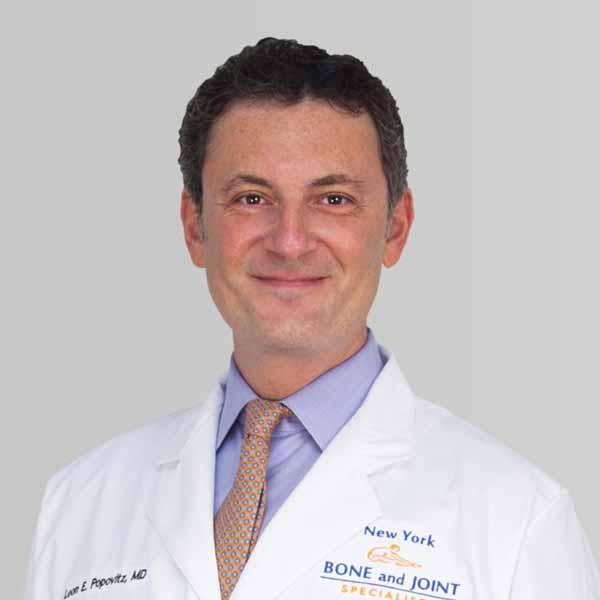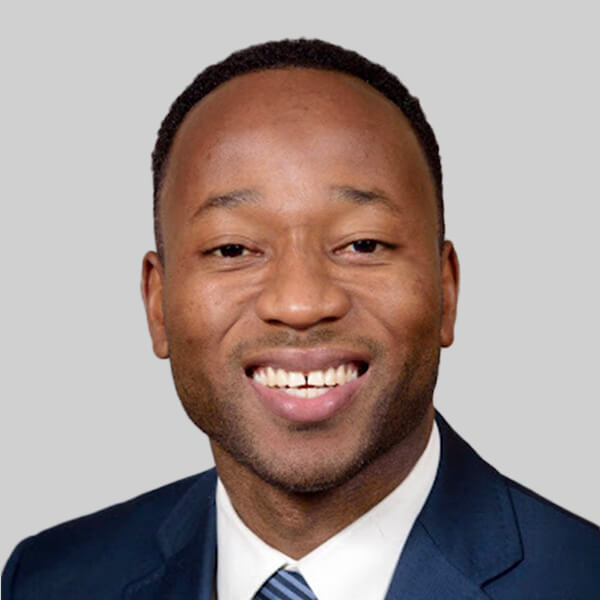As the junction of several bones, the shoulder is particularly susceptible to fractures. A break in any of these bones can result in significant damage to both the cartilage in the joint and the tendons or ligaments surrounding it.
Here’s what you need to know about your symptoms, options for treatment, and recovery from this injury. If you think you have suffered a shoulder fracture, we recommend that you seek prompt treatment from an orthopedic specialist.
CLAVICLE FRACTURE
A clavicle fracture is a break in the collarbone (the bone that connects the sternum to the shoulder). It’s usually caused by a sudden fall onto the shoulder or a traumatic collision. As a result, it’s most common in victims of car accidents and athletes who play contact sports such as football and hockey. It can also affect skiers who have had a sudden fall or collision.
Clavicle Fracture Symptoms
Common symptoms of a broken collarbone include:
- Heavy pain, inflammation, and bruising in and around the shoulder
- A catching or grinding sensation when attempting to lift the arm
- A protrusion or protuberance at the site of the fracture
- A seemingly deformed shoulder
Clavicle Fracture Treatment
Most broken collarbones respond quite well to conservative courses of treatment. After diagnosing the injury, your orthopedic specialist will place your arm in a brace or sling, prescribe medication for pain and inflammation, and outline some light stretching and strengthening exercises to ensure that the shoulder regains a complete range of motion.
In more severe cases, however, a broken collarbone may need to be treated surgically. During this procedure, your surgeon will realign the fractured ends of the bone and, if necessary, install pins, plates, or screws to ensure that the bone heals properly.
Clavicle Fracture Recovery
Recovery timelines for broken collarbones vary with the age of the patient and the extent of the damage. In children and teenagers, the bones and soft tissues may regenerate completely in as little as two to three weeks, while adults usually need five to six weeks for a full recovery. Physical therapy can usually begin after this time, and most patients should be able to resume their full range of activities within three months.
PROXIMAL HUMERUS FRACTURES
A proximal humerus fracture is a break in the upper end of the humerus, the head of which forms the ball of the shoulder joint. They’re particularly common in older patients, especially those who suffer from osteoporosis. In most cases, they’re caused by sudden trauma such as a fall onto an outstretched hand.
Proximal Humerus Fracture Symptoms
Common symptoms of a proximal humerus fracture include:
- Significant pain and swelling
- A greatly limited range of motion
Proximal Humerus Fracture Treatment
Most proximal humerus fractures can be easily treated with more conservative measures. In general, immobilizing the arm in a sling and practicing light stretching and strengthening exercises will ensure a complete recovery, though anti-inflammatories can also be taken to reduce any pain or inflammation.
If the bone has been significantly displaced, a proximal humerus fracture can also be treated with a short surgical procedure. During the surgery, your orthopedic surgeon will join the fragmented bone with plates, screws, or pins to ensure that the bone heals properly. In more severe cases, your surgeon may need to replace the shoulder joint entirely with a prosthetic, but this extreme solution is rarely necessary.
Proximal Humerus Fracture Recovery
As would be the case with a fractured collarbone, your recovery time following a proximal humerus fracture will depend on your age and the severity of the fracture. After two to three weeks of rest, most patients can begin a physical therapy program designed to redevelop the surrounding muscles, tendons, and ligaments and restore a complete range of motion to the shoulder. Most patients can resume daily activities within two to three months, and can expect a complete recovery within six to twelve months.
SCAPULAR FRACTURE
A scapular fracture is a break in the shoulder blade, which is the bone that joins the humerus and the clavicle. The least common type of shoulder fracture, this injury is usually caused by sudden trauma from a long fall or a high-impact collision.
Scapular Fracture Symptoms
Common symptoms of a fractured shoulder blade include:
- Immediate pain
- Heavy swelling
- Significant bruising
- A cracking or popping sound at the moment of the injury
Scapular Fracture Treatment
Most fractured shoulder blades don’t need to be treated surgically. Most patients can expect to keep the arm in a sling for three to six weeks, take anti-inflammatories as needed to mitigate pain and inflammation, and perform some light stretching and strengthening exercises to redevelop the shoulder’s range of motion.
Should surgery be necessary, a fractured shoulder blade can be treated with a minimally invasive procedure known as an “open reduction internal fixation.” During this procedure, your surgeon will make several small incisions into the skin surrounding the shoulder blade and realign the bones as needed.
Scapular Fracture Recovery
As with recovery from a fractured collarbone or humerus, the time it takes to recover from a fractured shoulder depends on the extent of the damage and the age of the patient. Most patients can resume light use of the arm after a three- to four-week period of immobilization, and pain should largely subside within two to three months. You may not regain complete range of motion in the shoulder for another six to twelve months, though it should function well enough not to interfere with most daily activities.
_________________________________
EXPERIENCING PAIN? DO YOU HAVE AN INJURY?
Our Specialists are here to help.
Book an appointment with NYC’s best orthopedic specialists to discuss your condition. Fill out the form below and you will receive a call from our office within 5-10 minutes. We’ll book an appointment at a time and location that work for you, and send you a reminder by email.













